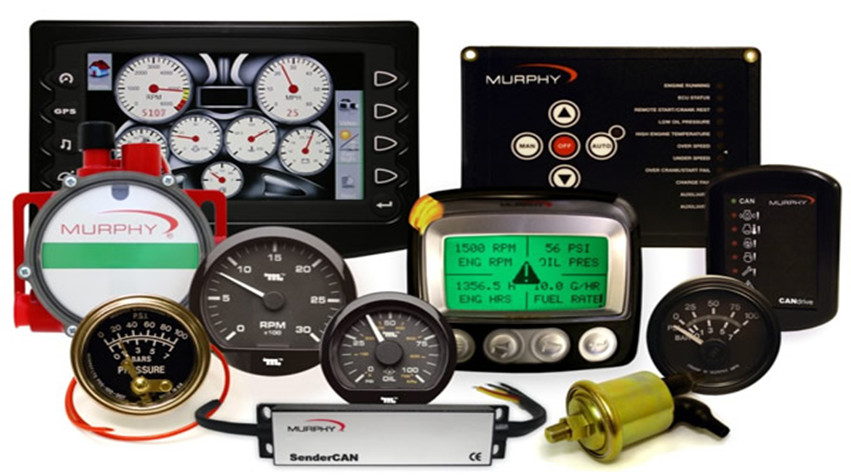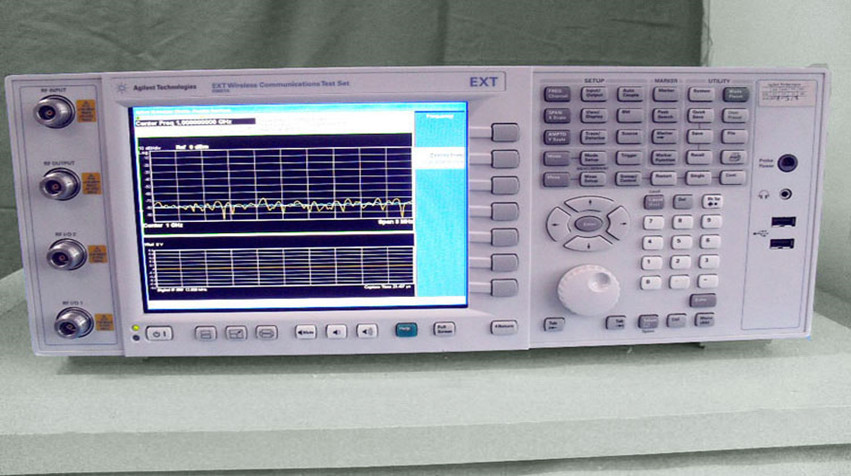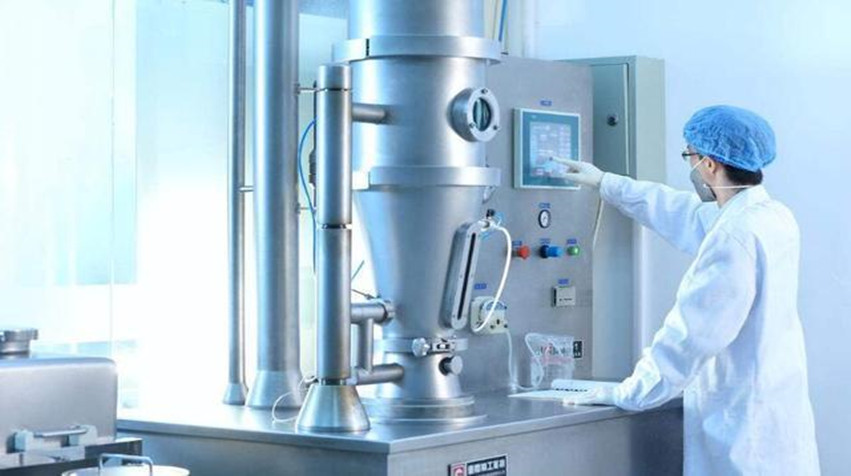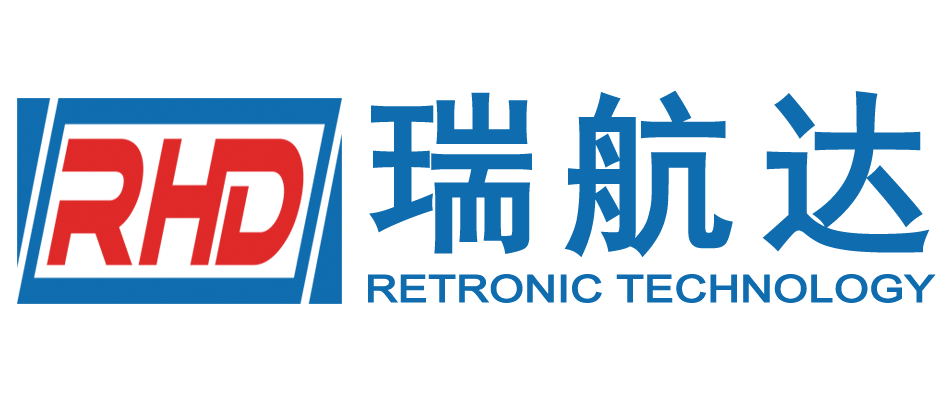
application area
Instruments and meters
Instruments and meters

Instrumentation chip refers to the processor chip used in intelligent instruments and detection equipment, whose main function is to collect, process, transmit and store corresponding data information, thus achieving the intelligentization, networked and data-based operation of the equipment. The main functions of intelligent instrumentation chips include data collection, signal processing, protocol decoding, communication transmission and display control. Through these functions, intelligent instrumentation chips can realize the monitoring and analysis of various detection indicators, and support various communication protocols and network interaction modes. Intelligent instrumentation chips have wide applications in industrial, agricultural and household fields, providing important basic support for the intelligentization and data-based operation of equipment. Some common intelligent instrumentation chips include:
1. TI MSP430 series: suitable for metering and control functions in traditional metering equipment such as electricity meters;
2. Atmel SAM series: suitable for water quality analysis instruments and fire monitoring equipment in fields such as smart water meters;
3. STM32 series of ST: suitable for optical distance sensors, electronic scales and other industries;
4. Maxim series: suitable for environmental monitoring equipment and temperature control functions in household appliances;
5. NXP LPC series: suitable for smart electric meters and other fields, integrating ultrasonic sensors and interface control functions.
The IC products used in instrumentation are generally classified as follows. ADC: For example, 7135 and ADC0809. Microcontrollers: such as 51 microcontrollers, 430 microcontrollers; various operational amplifiers such as OP07; DCDC chips: such as MC34063, 2576, etc.; linear regulator chips: such as 7805, 7905; clock chips: DS1302, etc.; hardware watchdog: MAX708; memory: 24C01, FM24C01, 93C46, etc.; special measurement chips: three-phase electric power measurement chip ADE7758, true RMS measurement chip AD536; reference sources: LM385-xxV; analog switches: CD4051, etc.; digital ICs: 74HC595, etc. For example, the instrumentation amplifier chip, the instrumentation amplifier is a precision gain module, the input is differential, and the output can be differential or single-ended relative to the reference terminal. These devices can amplify the difference between two input signal voltages while suppressing any signal common to both input terminals. Instrumentation amplifiers are widely used in many industrial, measurement, data acquisition, and medical applications where high noise environments require DC precision and gain precision, and where there is a large common-mode signal (usually at AC power line frequency). ADI provides a wide range of precision, low-noise, low-power, and high common-mode rejection ratio (CMRR) instrumentation amplifiers for every application and market, and the AD620 instrumentation amplifier chip is a leader in its field.

The instrumentation industry cannot live without DSP processors, and TI Instruments is an expert in this field. Take an oscilloscope, for example. Nowadays, the oscilloscope is basically a digital oscilloscope, and the analog oscilloscope is not completely extinct, but it has not had the glory. The biggest difference between the digital oscilloscope and the analog oscilloscope is that the input signal is passed through the ADC chip (analog-to-digital conversion), the signal is sampled and digitized and stored in the cache, and then the data is read out through the signal processing circuit. Sampling is the work of ADC, digital processing will use DSP. TI happens to have both types of chips, especially DSP, which is not generally strong. Digital oscilloscope according to the function, The hardware is usually divided into signal front-end amplification (FET input amplifier) and conditioning module (variable gain amplifier), high-speed analog-to-digital conversion module (ADC driver, ADC), FPGA logic control module, clock distribution, high-speed comparator, MCU control module (DSP), data communication module, liquid crystal display, touch screen control, power supply and battery tube Management and keyboard control, etc. The following is a schematic diagram of a dual-channel digital oscilloscope. In this structure, the core components that determine the performance of the oscilloscope are ADC, DSP and FPGA. In other words, at the input end, the input signal can become the input voltage that meets the requirements of ADC after being pre-amplified and the gain adjustable circuit is converted, and the ADC becomes a digital signal, and the amplifier PA is also very important. DSP chip is a kind of microprocessor, the internal use of program and data separate Harvard structure, with a special hardware multiplier, can be used to quickly achieve a variety of digital signal processing algorithms, can process data in real time, and therefore become the basic devices in the fields of communications, computers, military aerospace and instrumentation. In the instrument, the measurement accuracy and speed are an important index, and the fast real-time processing characteristics of DSP just meet the requirements of the precision and speed of the composite instrument.

At present, the chip in the field of instrumentation is relatively leading or international brands. Taking ultrasonic level meter as an example, its main control chip is still dominated by international brands. Ultrasonic level meter is a kind of instrument commonly used to measure the height of liquid or solid materials, which is widely used in industrial automation, environmental monitoring, warehousing and logistics and other fields. The core part of ultrasonic level meter is the chip, which determines the performance and reliability of the instrument. Ultrasonic level meter chips from companies such as Texas Instruments, Microchips, Renesas Electronics, ST and Eco Technologies are the market leaders. Texas Instruments: Texas Instruments is a leading global semiconductor manufacturer with a strong reputation in the market for its ultrasonic level meter chip products. Among them, the TDC1000 series chip is a high-performance ultrasonic level meter chip launched by Texas Instruments, with the following characteristics: 1. High precision: The TDC1000 chip uses accurate time measurement technology to achieve high precision level measurement. 2. Multi-function: The TDC1000 chip supports a variety of different working modes and measurement ranges, which can adapt to the needs of different application scenarios. 3. Low power consumption: The TDC1000 chip uses a low-power design to extend battery life and reduce energy consumption. Recommended models for the TDC1000 series are TDC1000QPWQ1, TDC1000PW, and TDC1000QPWRQ1. Microchip: Microchip is a well-known semiconductor manufacturer, and its ultrasonic level meter chips are also favored by the market. The company's PIC32MZ2048ECH144 chip is a high-performance microcontroller with a wealth of peripheral interfaces and powerful processing power for complex ultrasonic level meter designs. PIC32MZ2048ECH144 series model recommendation: PIC32MZ2048ECH144T-I/PH, PIC32MZ2048ECH144T-I/PL, Pic32MZ2048ECH144-i /PL, Pic32MZ2048ECH144-i /PH STMicroelectronics (STMicroelectronics) : stmicroelectronics is a leading global semiconductor manufacturer, and its ultrasonic level meter chips are also favored by the market. The company's VL53L1 chip is a sensor with integrated laser ranging capabilities that enables high-precision level measurement for a variety of industrial applications. VL53L1 series model recommendations: VL53L1CXV0FY/1, VL53L1CBV0FY/1, VL53L1-SATEL.
